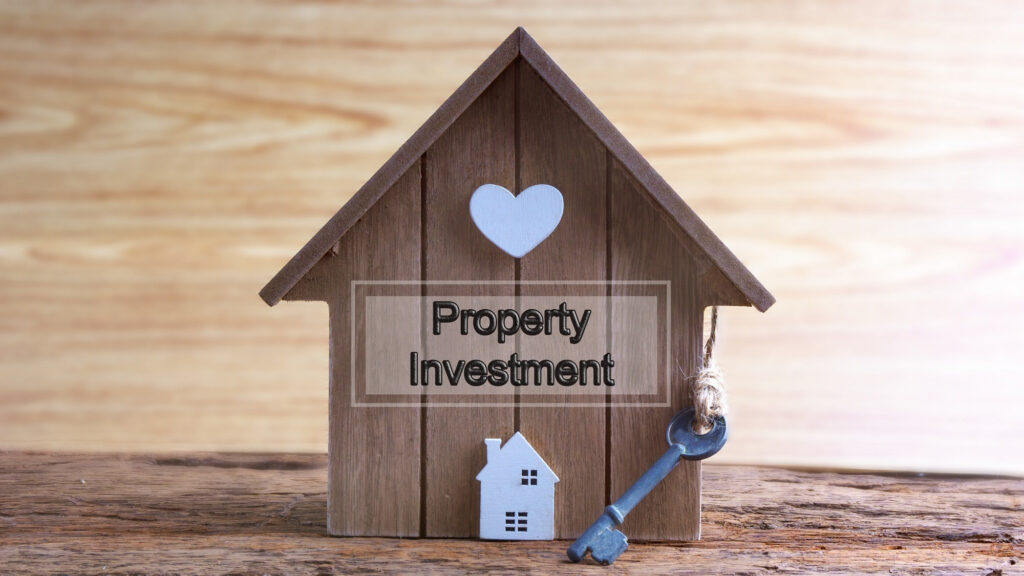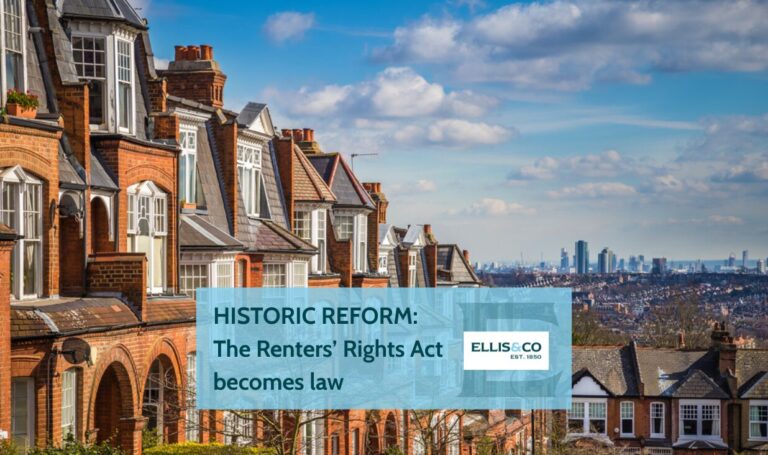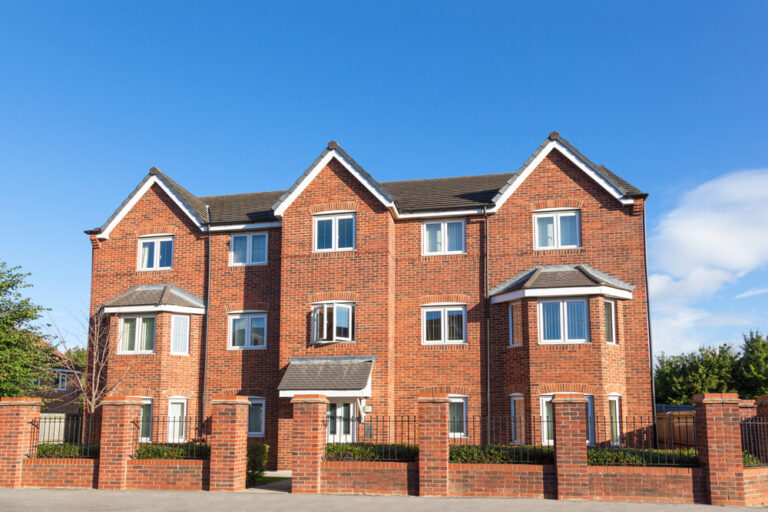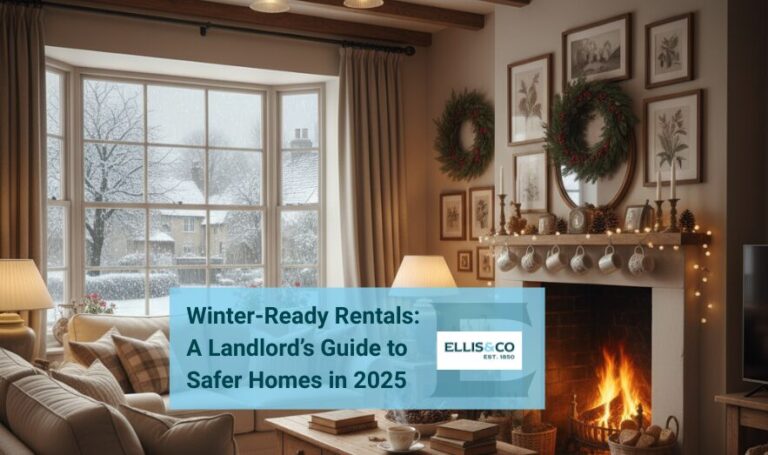Buy-to-let has long been a strategy of landlords in the UK.
But what exactly is buy-to-let and what are the benefits?
This guide explains everything you need to know about buy-to-let, and mortgages for investment properties.
What is buy-to-let?
Buy-to-let refers to a property that is purchased specifically for the purpose of renting it out to a tenant, or tenants.
What is a buy-to-let landlord?
A buy-to-let landlord is someone who purchases properties and then rents them out to a tenant, or tenants.
The landlord charges the tenants a monthly rent, which should cover their mortgage and costs, with some profit left over.
The benefits of buy-to-let investment
There are great benefits that come with buy-to-let investment and property can be a great way to make your money work harder for you…
1. Property is a relatively safe long-term investment
While property prices may rise and fall, over the long term the value of your property should increase and provide you with a profit when you come to sell it.
2. You can generate an income
By renting out a property, your tenants will pay your mortgage for you, and you should also be left with some extra income each month.
3. Demand for rental properties is high
Renting is a popular lifestyle trend and a necessity for many people who can’t afford to buy, and the rental market is currently very strong. This means that renting out your property should be relatively easy.
Becoming a buy-to-let landlord: What you’ll need to consider
Although there are great financial and lifestyle benefits that come with buy-to-let property investment, there are some key things you’ll need to consider before you become a landlord…
1. Additional costs
Property investment isn’t just about making a profit from rental income – there are a number of outgoing costs you’ll need to consider.
For example, as a buy-to-let investor, you’ll pay an additional 3% stamp duty surcharge.
You’ll also have to factor in income tax on any profit you make from rent.
And if your rental property is empty for any time, you’ll need to cover the bills until you find a new tenant.
Finally, there are generally increased ongoing maintenance costs with a rental property, compared with a standard home.
2. Added responsibility
Being a landlord comes with lots of added responsibilities.
Staying compliant with lettings legislation is crucial, and there is a lot of legislation to comply with and it’s ever-changing.
A letting agent’s management service can help here and although you’ll pay a fee for that service, you’ll benefit from the peace of mind that all your compliance obligations are taken care of.
3. Finding and referencing tenants
Finding good tenants for your rental property can often mean a regular rental income with no arrears, a well-looked-after property, and a long-term tenancy agreement.
But finding good tenants requires thorough referencing, background checks, income verification and a credit check.
That’s a huge commitment of time and expertise, so using a letting agent’s services can be a huge benefit.
Does it still pay to be a buy-to-let landlord?
Although buy-to-let is subject to more legislation than ever before, as a strategy it remains a resilient and safe space to invest.
Rental demand in the UK also remains high in the wake of the Covid-19 pandemic.
Even post-credit crunch it was the most resilient market, and compared to that era, coming out of lockdown there are a significantly larger number of lenders in the market still willing to lend.
Lenders are still competing, so landlords investing in buy-to-let properties now can take advantage of this competition as well as increased rental demand, potentially lower prices depending on how the market fluctuates, and low interest rates.
Can I buy a buy-to-let property and live in it?
While it’s not illegal for you to live in a buy-to-let property you own, you’ll almost certainly be in breach of your mortgage lender’s terms and conditions.
If you wish to move into a property you currently own on a buy-to-let mortgage, you should speak to your lender about switching to a standard residential mortgage.
What is a buy-to-let mortgage?
Buy-to-let mortgages are for people who want to buy property as an investment, rather than as a place to live.
If you plan to buy a property and rent it out, you’ll need to get a buy-to-let mortgage instead of a standard residential mortgage.
How do buy-to-let mortgages work?
Many buy-to-let mortgages are interest-only.
This means that you only pay the interest on the loan each month, generally from the rent you collect, and none of the capital. At the end of the mortgage term, you repay the original loan in full.
Alternatively, if you aren’t ready to pay off the remaining debt at the end of the mortgage term, you can decide to refinance the property.
Other buy-to-let mortgages work on a capital repayment basis, like a normal residential mortgage. Each month you pay off some of the capital debt, plus the added interest.
How much deposit is needed for a buy-to-let mortgage?
Most lenders will require you to put down a minimum deposit of 25% of the property’s value.
You need a larger deposit than if you were taking out a standard residential mortgage because it protects the lender if you miss any payments, which usually happens because of problems with collecting rent.
As with standard residential mortgages, a bigger deposit means a better mortgage deal, and the best buy-to-let deals are usually only available to if you have a deposit of 40% or more.
How much can you borrow for a buy-to-let mortgage?
Unlike residential mortgages, the amount you can borrow for a buy-to-let mortgage doesn’t depend on how much you earn.
Instead, mortgage lenders will look at how much rent you’ll be able to charge. Rental income should normally be 25-30% higher than your monthly mortgage payments.
To get a good idea of how much rent you’ll be able to charge, talk to a local letting agent and have a look online to see how much similar properties are rented out for in the area.
How do I choose a buy-to-let property?
When it comes to choosing a buy-to-let property, there are several things to consider:
1. Plan your budget
A buy-to-let is a financial investment, so do your calculations to ensure your rental income is greater than the costs you need to cover.
2. Research tenants
Think about who you’d like to rent to, as students, young professionals and families will all look for slightly different types of property in potentially different areas.
3. Find the best location
The location of the property will be key to attracting tenants. Think about proximity to schools, supermarkets, and public transport links. If you want to rent to students, try to find a property close to a university.
4. Consider the layout
Different layouts will suit different tenants. For example, house shares might require plenty of communal space, while families might want a garden.
5. Maintenance
Maintenance costs can quickly add up, so keep an eye out for any damage and look for a property that is in good condition already.
Ready to start looking for your next investment property? Go armed with our house viewing checklist and make sure you’re up to date on the new rules regarding Minimum Energy Efficiency Standards.







